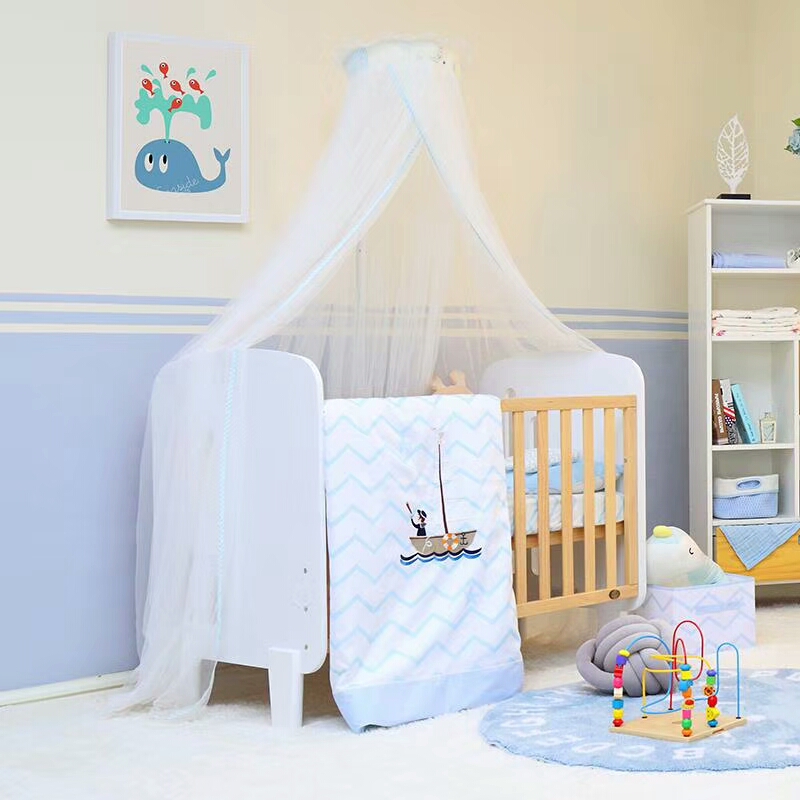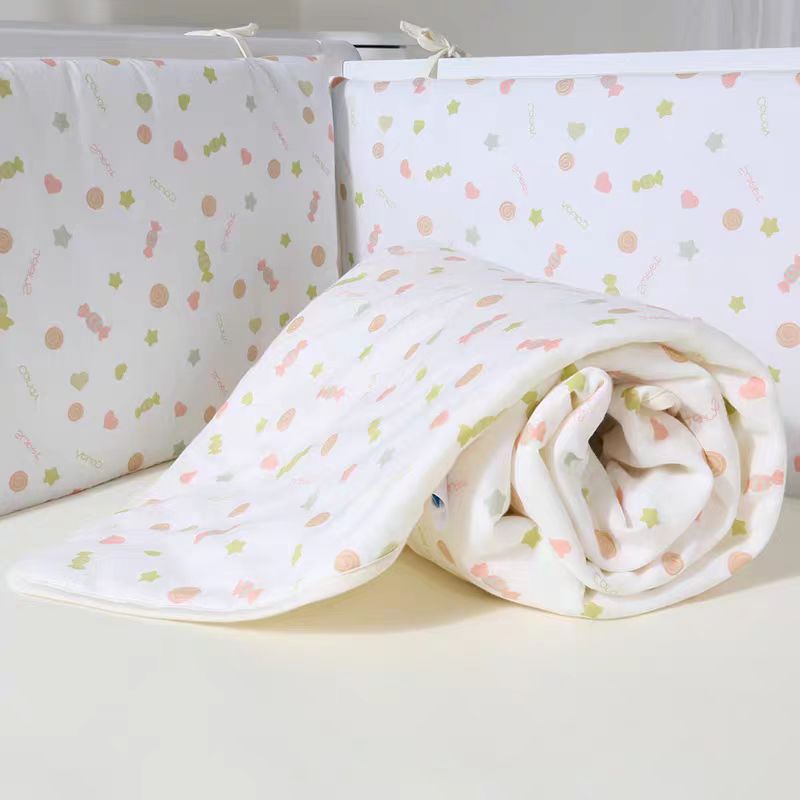Our bedding, which cradles us through a third of our lives, is more than just a comfort—it’s a critical barrier between our bodies and a hidden ecosystem of microbes. Yet when it comes to keeping these textiles fresh, many of us stumble over questions: How often should we wash them? Will hot water ruin our favorite sheets? And what’s the secret to keeping that pricey latex pillow in top shape? Let’s unravel the science and myths behind bedding care.
1. Washing Frequency: Timing Matters for Health
Pillowcases and sheets demand the most frequent attention—aim for 1-2 washes per week. Here’s why: Over just seven nights, a typical person sheds around 15 grams of dead skin cells, while sweat (up to a liter nightly for some) creates a moist environment. This combination becomes a feast for dust mites—microscopic creatures that thrive in such conditions and whose waste products trigger allergies. For those with oily skin, acne-prone complexions, or who sleep with pets, stepping up to twice-weekly washes can significantly reduce pore-clogging residues and pet dander buildup.
Duvet covers and comforters, which sit one layer removed from the body, can be washed every 2-3 weeks, while mattress protectors—your first line of defense against spills—should be laundered monthly to prevent liquid seepage and odor absorption.
2. High-Temperature Disinfection: A Double-Edged Sword
The idea that "hotter is cleaner" holds true for some fabrics but spells disaster for others. Cotton, a resilient workhorse, handles 50-60°C water with ease; this temperature range eliminates 90% of dust mites and bacteria without weakening its fibers. A brief tumble in the dryer on high heat (after washing) adds an extra sterilizing punch—ideal for flu season or post-illness cleaning.
Silk, however, is a diva in comparison. Its delicate protein fibers shrink and lose luster at temperatures above 30°C, so stick to lukewarm water and gentle cycles. Wool, with its natural lanolin coating, felts irreversibly when exposed to heat and agitation, while synthetic blends like polyester can melt or warp if subjected to extreme temperatures. For these sensitive materials, opt for cold-water washes (30°C max) and skip the hot dryer—air-drying is gentler and preserves their integrity.
3. Beyond Sunlight: Smart Disinfection Hacks
Sunlight’s UV rays are nature’s disinfectant, but when clouds roll in or urban living limits window access, these alternatives deliver comparable results:
UV disinfection lamps: Choose models with a 254nm wavelength (proven to kill 99% of pathogens) and position them 1-2 meters from bedding. A 30-minute cycle suffices, but always vacate the room—direct UV exposure irritates eyes and skin. For added safety, look for lamps with automatic shutoff timers.
Dryer sanitization cycles: Modern dryers often feature "sanitize" modes that reach 60-70°C. Use this for cotton and linen, but switch to "air fluff" or low heat for synthetics. Tossing in a couple of clean tennis balls prevents clumping in down comforters while boosting airflow.
EPA-approved disinfectant sprays: Seek formulas with benzalkonium chloride (a mild quaternary ammonium compound) or hydrogen peroxide—both effective against germs without harsh fumes. Spray lightly, let sit for 10 minutes (check product labels for dwell time), then air-dry completely before use to avoid skin irritation.
4. Latex Pillows: Nurturing Nature’s Cushion
Latex pillows, prized for their breathability and mold resistance, require a gentle touch to maintain their bounce and longevity. Their natural rubber composition makes them vulnerable to two enemies: mechanical stress and heat.
Cleaning dos and don’ts: Never machine-wash—agitation breaks down latex’s elastic fibers, leading to lumps and sagging. Instead, spot-clean stains with a solution of mild, pH-neutral detergent (like baby shampoo) and cold water. Gently press the suds into the material, then rinse thoroughly to remove all soap residue (leftover detergent can attract dirt). Blot excess moisture with a microfiber towel—avoid wringing, which distorts shape.
Drying wisdom: Lay the pillow flat on a drying rack in a well-ventilated room, away from direct heat sources (radiators, hairdryers) and sunlight. A fan pointed at it can speed up drying, which may take 24-48 hours. Ensure it’s completely dry before use to prevent mildew.
Daily care: Slip on a breathable cotton pillowcase to shield against oils and sweat. Rotate the pillow 180 degrees every two weeks to distribute pressure evenly—this prevents one side from compressing faster than the other. When not in use, store it in a cotton bag (never plastic, which traps moisture) in a cool, dry closet.
By treating your bedding with the right mix of frequency, temperature, and tenderness, you’re not just preserving fabric—you’re investing in better sleep. A clean bed isn’t just a luxury; it’s a foundation for waking up refreshed, healthy, and ready to tackle the day.







